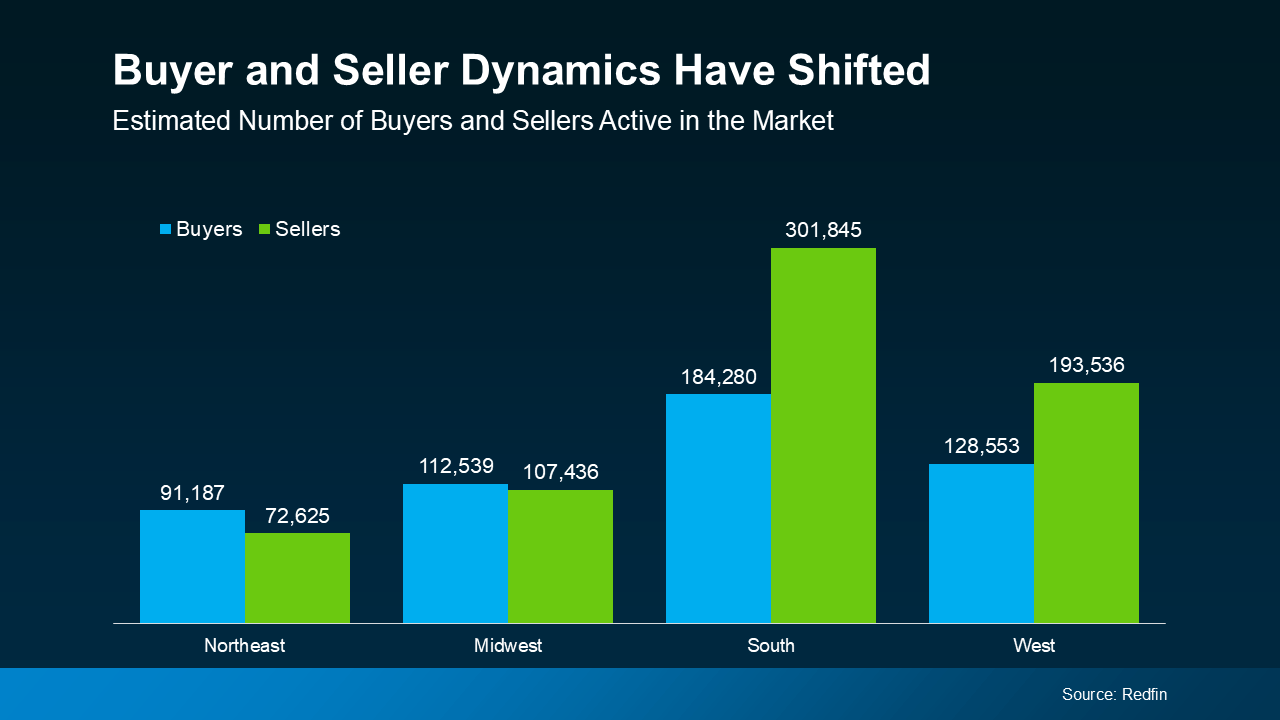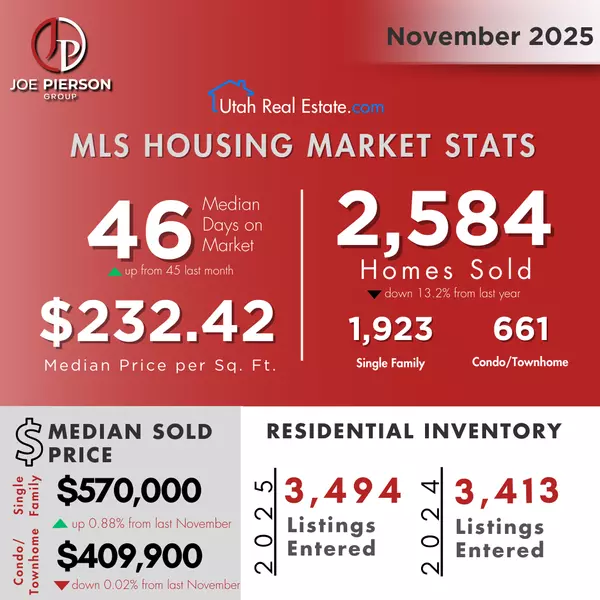Today’s Tale of Two Housing Markets

Today’s Tale of Two Housing Markets

Depending on where you live, the housing market could feel red-hot or strangely quiet right now. The truth is, local markets are starting to move in different directions. In some places, buyers are calling the shots. In others, sellers still hold the power. It’s a tale of two markets.
What’s a Buyer’s Market vs. a Seller’s Market?
In a buyer’s market, there are more homes for sale and not as many buyers. That means homes sit longer, buyers have more negotiating power, and prices tend to soften as a result. It’s simple supply and demand.
On the flip side, a seller’s market happens when there aren’t enough homes available for the number of people looking to buy them. Because buyers have to compete with each other to get the house they want, that leads to faster sales, multiple offers, and rising prices.
Right now, both of these scenarios are playing out, depending on where you are. So, how do you know what kind of market you’re in? Lean on a local real estate agent. They’ll explain what’s really happening in your area based on these key drivers.
The Number of Buyers and Sellers by Region
One of the biggest factors impacting each market is the number of active buyers and sellers. According to Redfin, here’s what that looks like by region (see graph below):
 Today, the Northeast and Midwest are more likely to be seller’s markets. Buyers still outnumber sellers there, and that keeps things tilted in favor of homeowners. Generally speaking, homes are selling faster and prices are rising in those areas.
Today, the Northeast and Midwest are more likely to be seller’s markets. Buyers still outnumber sellers there, and that keeps things tilted in favor of homeowners. Generally speaking, homes are selling faster and prices are rising in those areas.
But the South and West are leaning more toward buyer’s markets. There are more sellers than buyers, which means more listings to choose from and less competition among buyers.
That’s a major shift from a few years ago when sellers had the advantage almost everywhere. Today, your local conditions matter more than ever – and they can vary even from one neighborhood to the next.
Price Trends Mirror the Buyer/Seller Divide
When inventory and buyer activity shift, so do prices. In places where demand still outpaces supply, like much of the Northeast and Midwest, prices are continuing to climb.
But in parts of the South and West where inventory is up and demand has cooled, prices are softening. And that’s a plus for buyers looking to negotiate in those areas.
Here’s the latest price data from ResiClub to show how this divide is shaking out across the top metros in the country (see graph below):
 This is why it’s the tale of two markets. Roughly half of the top 50 metros are up, and half are relatively flat or down.
This is why it’s the tale of two markets. Roughly half of the top 50 metros are up, and half are relatively flat or down.
That said, don’t panic if you own a home in a market where prices are dipping. Most homeowners have built up significant equity over the past few years, and chances are you have too. So, you’re likely still come out way ahead when you sell.
Why Local Insights Matter
Even in regions that lean more buyer-friendly right now, there will be cities, towns, and even neighborhoods that don’t follow the regional trends. That’s why an agent’s local market expertise is so important. They can help you understand what’s happening all the way down to a zip code level, including:
- Whether your area favors buyers or sellers
- How to set the right price or craft an offer strategy based on local trends
- The best way to make your move happen, no matter what’s happening in the market
Bottom Line
In a market where conditions vary this much from place to place, success starts with understanding every aspect of your local area. Let’s connect so you’ve got an expert in your corner who knows exactly how to guide you through your market, wherever you are.
The complexities of today’s housing market reveal a stark divide between various segments, reflecting diverse trends and challenges. For in-depth insights, explore current housing market trends and the impact of rising housing prices on buyers. Interested in shifts at a regional level? Check out regional housing disparities and urban vs suburban real estate trends for comprehensive analysis. Meanwhile, the dynamics of supply and demand continue to shape markets nationwide. For those navigating affordability issues, resources on affordable housing challenges and mortgage rate impacts are essential. Investors can leverage insights into real estate investment strategies, with a growing focus on luxury housing demand and alternatives like the rental market outlook. Whether you're a homeowner or an investor, these resources provide valuable perspectives on navigating today’s rapidly evolving housing markets.
- Housing market trends
- Real estate market analysis
- Housing market contrasts
- Economic factors in housing
- Real estate trends 2025
- Housing affordability challenges
- Luxury vs affordable housing
- Supply and demand in real estate
- Home buying trends
- Housing market shifts
Secondary Keywords:
- Real estate investment opportunities
- Rental market trends
- Housing prices 2025
- Property market forecast
- Urban vs suburban housing trends
- Real estate economy
- Homeownership rates
- Mortgage interest rates impact
- Regional housing disparities
- Housing market recovery
Long-Tail Keywords:
- How economic factors influence housing trends
- Affordable housing challenges in urban areas
- The future of real estate markets
- Differences in rural vs urban home buying trends
- Luxurious housing demand versus affordability crisis
These keywords are designed to align with the blog post's focus on contrasting aspects of the housing market while maximizing SEO potential through a mix of primary, secondary, and long-tail phrases.
Categories
Recent Posts













